The Vein Test: How to Find Your Skin's Undertone

Key Takeaways
- Blue-ish veins are typically indicative of a cool undertone, which is beneath the surface and can be present in any skin tone. This is important because undertone directs the way makeup and fashion colors read on your skin.
🎨 Take Your Color Analysis Quiz
Ready to discover your complete color palette? Take our comprehensive color analysis quiz to identify your seasonal type and get personalized color recommendations that perfectly complement your natural features.
Take Color Analysis Quiz →- Cool undertones tend to reveal pink, red or bluish hues and can burn more readily in the sun. Go for cool options such as pink blush, blue-based reds, jewel-toned clothing and silver jewelry.
- Check vein colors in natural daylight for clarity. Blue implies cool, green implies warm and a mix or purple implies neutral or mixed undertones.
- Take more than one test and repeat in bright, indirect daylight for accuracy. Mix the vein test with the white paper test, the jewelry test and the sun test, checking wrists, neck and chest for consistent hints.
- Keep in mind that melanin level, lighting and skin thickness can alter the appearance of veins. If your veins are difficult to read, rely on other factors such as the way your skin reacts to metals, sun-exposure and color draping with clothes.
- Develop a signature color palette that's customized to your undertone — this will make shopping and styling a breeze! Match foundation undertone first, then select makeup, clothing, jewelry and hair colors that compliment your natural hue for a confident, cohesive finish.
Blue veins undertone means you have a cool skin undertone with veins that look blue or blue-purple under natural light. Those with this undertone tend to look good with silver jewelry, cool pink or red lipstick, and foundations that are labeled cool or neutral.
In daylight, skin can skew rosy or neutral instead of golden. To identify, observe wrist veins, skin response to sun and how white or grey appears to you.
The following sections parse tests, shades and product picks.
📚 Recent Articles
What is a blue veins undertone?
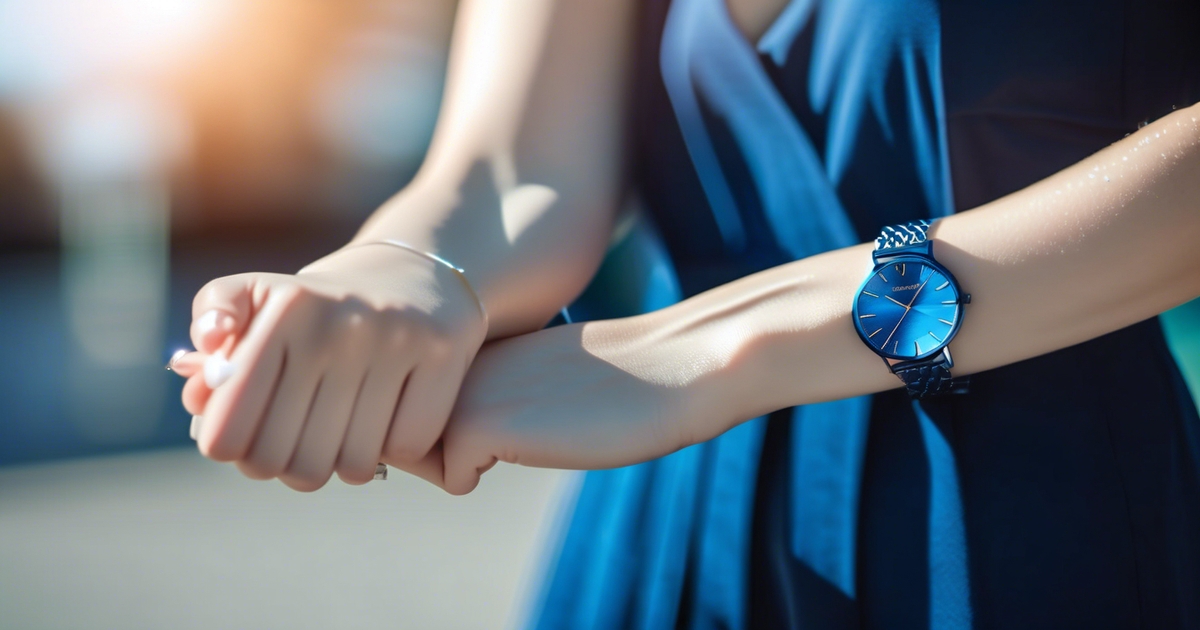
Blue veins undertone refers to the cool shade beneath the skin, visible as blue or blue-purple veins on the wrist or forearm. This indicates a cool skin undertone, influencing how colors read on your complexion. Understanding your undertone is essential for choosing the right makeup shades and clothing colors.
1. The cool spectrum
Cool undertones have pink, red, or bluish hues beneath the surface, which can cause skin to appear rosy or a little pink in natural light. Most cool undertones have clear blue or violet veins at the wrist and their cheeks flush pink, not peach.
Other telltale signs are that you're prone to burn pre-tan, look radiant in silver jewelry and naturally compliment colors like lavender, grey, icy blue and true black. Hair tends to be ashy—ash blonde, ash brown, steely grey or cool black.
Blue-based red lipstick, cool pink blush, and jewel-tone eye colors (sapphire, emerald, amethyst) tend to sit well on cool skin. Cool is not a euphemism for light; this range covers fair to deep.
2. Blue vs green veins
Look at your veins in daylight by a window. If they look blue or purple, you probably reside in the cool camp. If they look green, you look warm, because yellow in your skin combines with the blue of your veins and reads as green to our eye.
Bypass brutal indoor bulbs. Warm lighting can make veins appear more green, while cool fluorescent lighting can tug them bluer and throw off the read.
For quick sorting, use this table:
- Blue or blue‑purple veins: cool undertone
- Greenish veins: warm undertone
- Mix of blue and green or hard-to-tell: neutral range
3. The neutral possibility
Neutral undertones mix cool and warm. Veins can appear both blue and green or change with the light. Skin can be beige or olive, without a pronounced pink or golden cast.
Those with neutral skin can pull off both silver and gold, and hop between cool and warm makeup without an issue. Build your checklist: mixed vein colors, flexibility with both blue-based and warm earth tones, and foundations labeled "neutral" matching better than strict C or W.
4. Why it matters
When your base matches your undertone, foundation and concealer meld into skin instead of sitting grey or orange or pasty. A cool match keeps redness in check and the finish clean.
It guides savvy decisions beyond cosmetics. Cool undertones tend to glow in cool-toned clothing (charcoal, navy, icy pastels), silver or white gold jewelry, and ash or cool-reflecting hair colors.
Knowing your blue veins undertone makes shopping easier, returns fewer and provides an even, grounded appearance from day to day.
How to identify your undertone
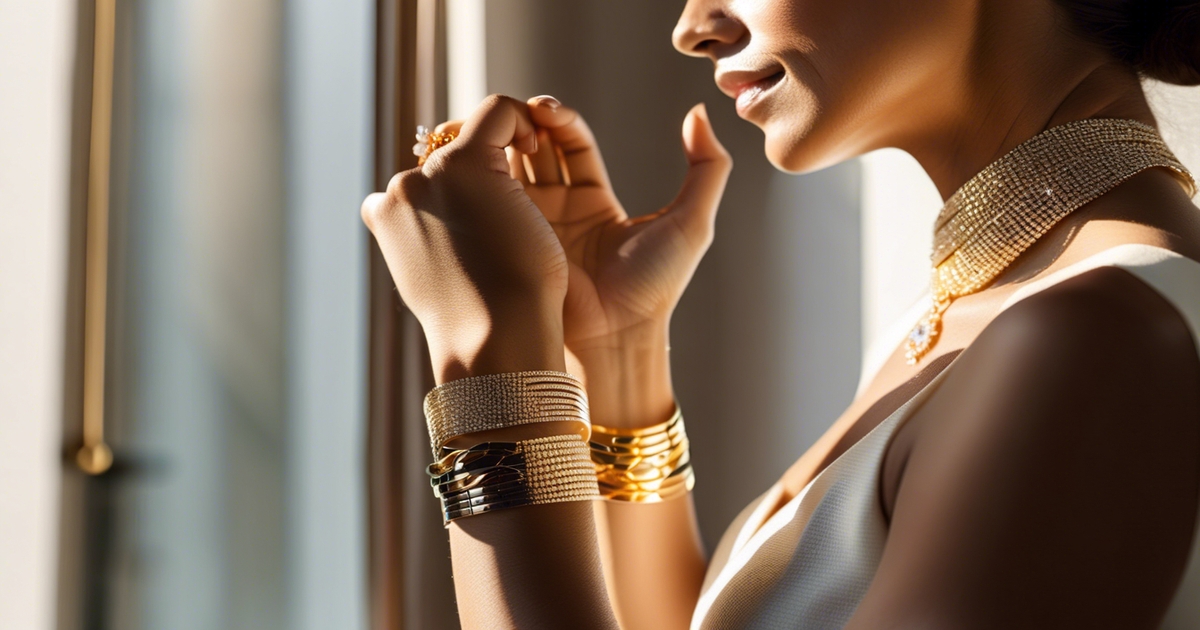
Your undertone lays under your skin's surface and remains consistent throughout the years. Most people fall into three groups: cool, warm, or neutral. Cool leans toward pink or blue. Warm veins appear golden or yellow. Neutral looks better balanced. Olive tends to be a blend of neutral and warm with a slight green tinge.
Natural daylight counts for each test, and testing more than one area—wrists, neck, even chest—validates findings. Try the techniques below, compare results, and look for a trend not isolated hints.
| Test method | Cool undertone (blue/pink) | Warm undertone (gold/yellow) | Neutral undertone (mix/balanced) | Notes |
|---|---|---|---|---|
| Vein test | Veins look blue | Veins look green | Blue-green mix | Some see purple hints; skin depth alters color |
| Paper test | Face looks rosy next to white | Face looks golden next to white | No clear shift | Repeat in daylight near a window |
| Jewelry test | Silver looks cleaner | Gold looks brighter | Both look fine | Try simple, reflective pieces |
| Sun test | Burn faster than tan | Tan easier, rare burns | Mix of both | Use with other tests for accuracy |
The vein test
Stand by a window and observe your wrist veins at noon. That timing gives neutral daylight and eliminates color cast from lamps or screens.
Blue veins typically indicate cool undertones, commonly found on lighter skin but exist on all skin tones. Green veins, on the other hand, often indicate warm undertones — prevalent for golden or olive complexions.
A blend — a bit blue, a bit green — is neutral. You may notice a subtle purple cast, which can indicate special or mixed undertones that don't belong to a rigid category.
Remember, skin thickness, melanin, and even fitness can alter vein visibility. If wrists are tricky, do a second check against your neck or inner elbow.
The paper test
Place a white sheet next to your nude, freshly washed face in full natural light. Put yourself at a distance from tinted walls and mirror-effect screens.
If your skin shifts pink or rosy against the white, you probably run cool. If it turns slightly yellow or golden you could be warm. If nothing pops—no strong pink, no obvious yellow—you're neutral.
Repeat by different windows and at other times of the day. Morning and late afternoon light can nudge perception.
The jewelry test
Experiment with just plain silver and gold items to see which enhances your skin tone, revealing your true skin undertone for a vibrant look.
- Silver flatters cool undertones; skin looks clear and calm.
- Gold complements warm undertones; skin appears luminous and bronzed.
- Both ROCK equally WELL on neutral skin; remains balanced and even.
- Olive might want to stick to soft golds or mixed metals to prevent that green cast.
The sun test
Think about your usual sun response without sunscreen: do you burn fast, or tan first. Observe trends that span summers, not just one day at the beach.
If you burn quick, you lean cool. Tans with infrequent burn lean warm. A combination—slow tan following a short pink stage—frequently appears neutral.
Consider this one piece of information, and don't ever forget the protection. Colors that align with your undertone can enhance your entire appearance, and when signs conflict, an expert can assist in deciphering mixed or olive undertones.
The science behind vein color
Blood, oxygen, and skin layers all contribute to our observations. This isn't just trivia; it aids aspiring color analysts and beauty enthusiasts in understanding skin undertones and choosing the right makeup shades. Vein color theory, especially the purple veins undertone method, works best when applied with context and caution.
Light and skin
Natural daylight is essential for accurate vein color analysis; many indoor bulbs can distort this. For instance, cool-white LEDs may cause veins to appear closer to green, while warm bulbs can wash them toward gray or brown. By windows on a sunny day, the reading remains more steady, allowing aspiring color analysts to better discern their skin undertones.
Light penetrates skin, reflects off underlying tissue, and different wavelengths bounce back to your eyes. Blue and green wavelengths scatter back more in skin, so veins can appear blue or green despite the blood being red. Deeper veins lie beneath more tissue, so their color fades. Thicker skin or more melanin amplifies this.
Veins on thinner areas—like wrists, hands, and eyelids—tend to show more blue or green due to the brief distance light must travel. Aging also plays a role; as fat dissipates with age, veins peek through and may appear sweeter or bluer, affecting the overall complexion.
For the most accurate reading, check veins in bright, indirect daylight near a window. Avoid hard noon sun, colored car glass, or mixed bulbs, as these can lead to inaccurate assessments of your true skin undertone.
Melanin's role
Melanin determines how light passes through skin and consequently, how veins look. Melanin can mute blue or green or shift them toward gray. They generally fall into two categories. Eumelanin leans cool, with a slight blue-violet tint; pheomelanin leans warm, with yellow-peach undertones.
The mixture alters the quantity of blue light which scatters back. Individuals with darker skin may notice less pronounced veins or a more muted color. That's just regular biology, not a stumbling block. If veins are hard to read, add tests: check how you look in silver vs. Gold, compare white vs. Cream fabric, or note which neutrals soften shadows on your face.
ALWAYS read vein tests with melanin in mind.
Blood and oxygen
Blood that is rich in oxygen is a bright red color. It appears blue through skin because skin scatters shorter wavelengths and absorbs more red, so the returning light skews blue. It's an optical effect, not blue blood.
Little fluctuations in blood flow, temperature, or hydration alter what you notice. Veins may swell and brighten after a workout or hot shower — in cold, they can fade. Dehydration can cause veins to appear more pronounced or darker. Health and age play a role, as does abrupt change.
Vein color still reads undertone well: cool undertones show blue or purple veins; warm undertones show green or yellow-green. It's not perfect. Double-check with clothing drapes and jewelry tests and neutral foundation swatches in daylight.
Beyond the wrist
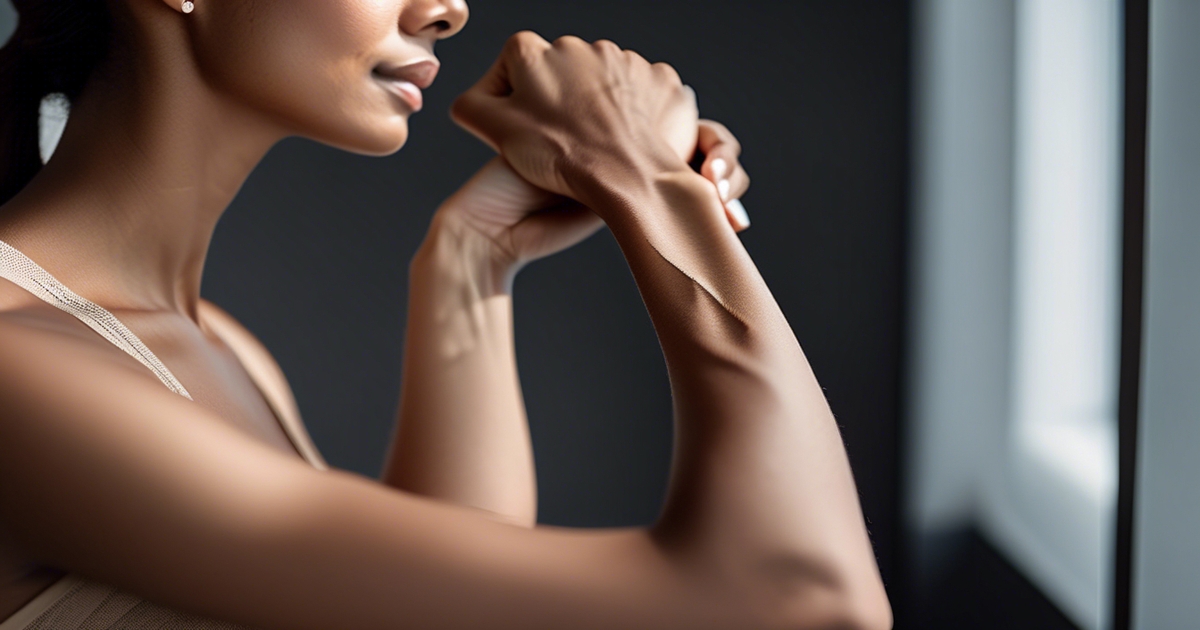
Veins check out most effective when you consider undertone a full-body characteristic. Look at the neck, upper chest and ankles for color story consistency — not just the wrist. Skin is thinnest at backs of hands, eyelids and neck, so veins appear blue, green or purple there. Mark the trend, then contrast between sites.
Circulation, temperature and skin condition can all alter vein visibility, so double check results on a calm day and in daylight.
A holistic view
To achieve a clear read on your skin tone, mix methods like assessing vein color, observing how gold vs. silver jewelry complements your complexion, and noting the effects of neutral white vs. off-white against your skin. If your visible veins appear blue or purple, this suggests a cool skin undertone; conversely, green or blue-green veins indicate a warm undertone. In cases where different locations provide conflicting results, you may find yourself in the realm of neutral undertone veins.
Consider your life and environment as factors in color analysis. Regular exposure to sunlight, indoor office lighting, or variations in skincare routines can affect the surface tone you perceive. Additionally, genetics and health can play significant roles in determining your true skin undertone.
Track your experiences weekly, especially after tanning, breakouts, or skin irritation. While overtones may fluctuate with the seasons, your undertone remains consistent. Document these variations along with the date and exposure to maintain an accurate assessment.
Create a straightforward checklist: analyze the vein hue on your wrist, neck, or ankle, conduct a jewelry test, compare white vs. cream, and observe your hair and eye colors. This will help you identify which colors flatter you best, ensuring you choose the right makeup shades that enhance your natural coloring.
Genetic influences
Undertone is hereditary, and genetics influence how melanin, hemoglobin and skin thickness impart color. If immediate family members have cool or warm cues, that clue can bolster your guess.
Cool undertones typically come with ash blonde, ash brown, steely gray, or black hair—they can throw an ashy cast that reverberates in the skin. Certain ethnicities have more consistent tendencies, such as olive undertones which tend to be neutral‑cool or neutral‑warm, usually a muted gray with a subtle green cast.
Take a look at parents and siblings through the same lens, then compare and contrast your findings. It's not a guide, but it's good background.
Environmental factors
Sun exposure, active acids or retinoids, heat, or illness can shift surface color temporarily. Seasonal light can make your overtone richer or more muted, but your underlying undertone remains the same.
Watch out post-tan, post-redness, post-flare of irritation. Green vein can appear muted and blue veins can appear brighter when skin is thin or dry.
HOLD TESTING UNTIL SKIN SETTLES BACK TO BASELINE. Wait a few days post-peel, two weeks after a solid tan, and re-test in indirect daylight.
Employ the outcome. Undertone directs makeup shades, hair color and clothing. Cool suits blue‑based reds and silver while warm benefits from earthy hues and gold. Olive frequently requires muted, toned shades.
Remember health, DVT forms in unseen deep veins. If you experience any swelling, warmth, unilateral leg swelling, bulging veins, or purple to deep red patches, get medical attention.
Choosing your perfect palette
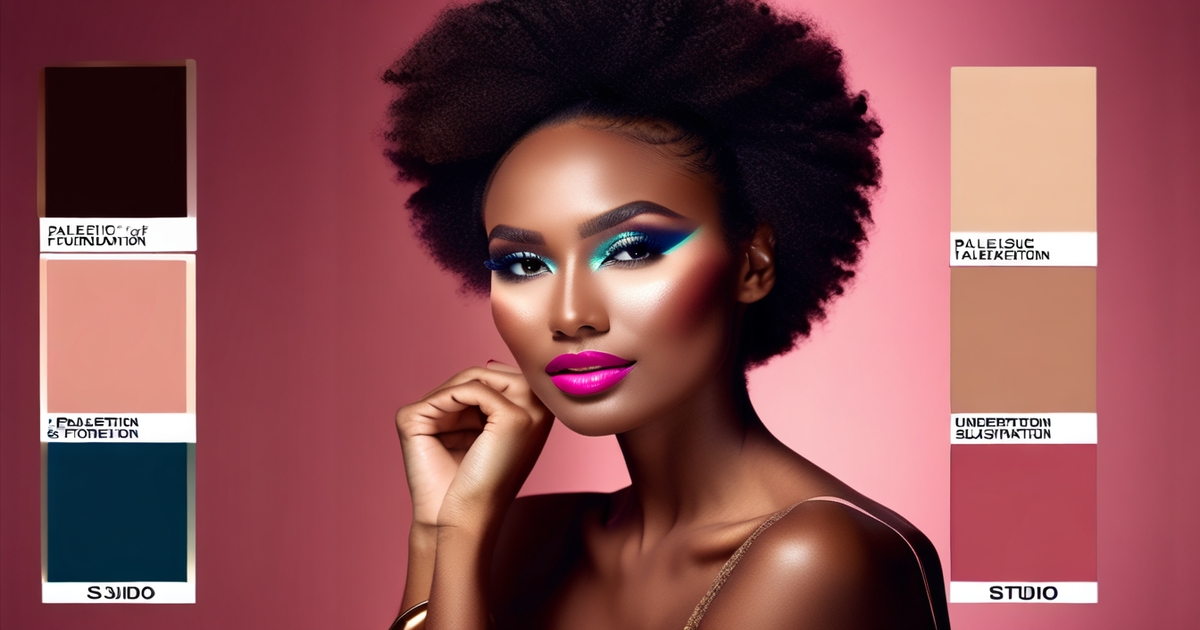
Matching shades to your undertone is essential for keeping your skin, clothes, and hair in sync. Start by identifying your skin undertone: warm, cool, or neutral. Utilize daylight for an accurate assessment. The white paper test is useful—hold a piece of plain white paper next to your face. If your skin appears rosy or bluish, you likely have a cool skin undertone; golden or peach suggests a warm undertone, while a mix indicates neutral.
To further refine your color analysis, check your wrist veins. Blue or purple veins mean a cool undertone, while green indicates warmth, and a combination suggests a neutral undertone. Seasonal cues are helpful as well: spring and autumn typically showcase warm tones, while summer and winter present cooler tones.
Create your personalized palette for makeup, clothing colors, and hair, applying this to filter your choices quickly. Keeping a notes app with swatches or a card featuring your best and worst tones can streamline your decision-making process.
- Best and worst: cool undertones thrive in jewel brights and clear lights. Earthy rusts can dull. Warm undertones shine in earthy, spicy and sunlit colors. Icy neons can wash you out. Neutral undertones manage the majority of mid-tone shades. Extremes on either side can overwhelm.
For cool undertones
Select blue or pink based makeup. Think pink blush, berry or blue-based red lipsticks, mauve-nude lippies, cool taupe eyeshadow, slate or charcoal liners and icy or pearl highlighters. These shades balance out redness and make dullness appear brighter.
Clothes that flatter: sapphire blue, emerald green, royal purple, cobalt, crisp white, charcoal, and light denim-blue. Winter types can get away with bolder, brighter influences. Summer types appear peaceful in lavender, gentle pink, and hazy gray.
Opt for silver, platinum, white gold or steel finishes. Cool metals mirror your skin's undertone and maintain freshness.
Hair colors that work: ash blonde, cool brown, espresso, and blue-black. If you color, request "ash" or "neutral-cool" toners to prevent brass.
For warm undertones
Makeup that warms: peach or apricot blush, coral or brick lipsticks, golden or champagne highlighters, warm browns and olive greens on eyes, and brown mascara. These hues provide a sun-kissed boost.
Wear earthy and radiant colors: terracotta, olive, mustard, warm reds, creamy beige, camel, and gold-beige. Spring types glow in light, fresh selections such as apricot and creamy white. Autumn types dominate in warmer, earthy hues.
Gold jewelry—yellow, rose, or bronze—brings out natural warmth.
Choose golden blonde, honey brown, copper or caramel hair. Use warm glosses to maintain depth lush.
For neutral undertones
Neutral makeup lands best: rose or soft mauve blush, beige-to-rosy nude lips, taupe or mushroom eyeshadows, and balanced highlighters like soft champagne. It maintains equilibrium without leaning too warm or cool.
Clothing colors with ease: soft pinks, muted greens, balanced grays, denim, and medium browns. Summer-leaning neutrals adore powdery pastels. Winter-leaning neutrals can introduce jewel clarity.
Mix silver and gold jewelry for contrast. Layer metals to correspond with outfit hues.
Hair remains unstyled in natural brown, dark beige, gentle black or toned highlights. Steer away from heavy ash or heavy gold, steer centered.
Common undertone misconceptions
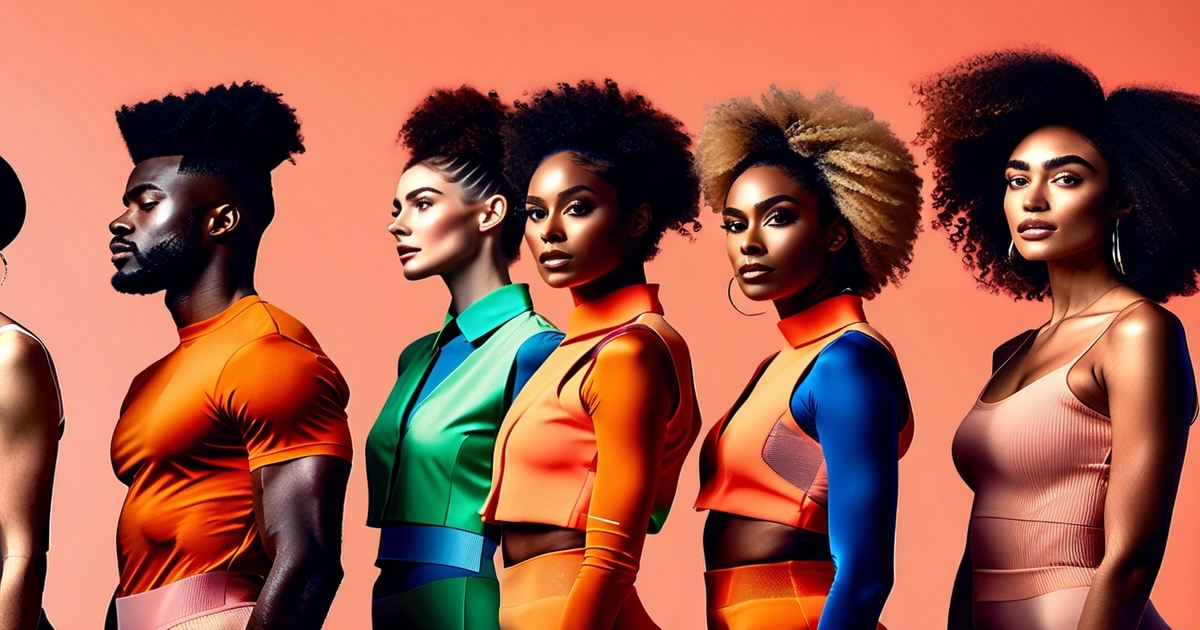
While blue veins can suggest a cool undertone, undertones are not a one-note rule. They exist beneath the skin's surface and don't fluctuate with season, shadow or a new tan. Imagine overtone as the paint and undertone as the primer. Both are important, but they're not interchangeable.
A lot of people continue to associate undertone to skin tone. Undertone is separate from how light or dark your skin is. Being very fair skinned doesn't necessarily mean you have warm, cool or neutral undertones. The same holds true for very deep skin.
The antique notion that 'fair = cool' and 'deep = warm' has too many people mixed up, particularly when the surface appears unlike what lies beneath. Surface color is frequently a distraction. Taking a brown, or golden, or yellow cast on top doesn't trap you into a warm undertone.
Sun, skin care, and time outdoors can bring warmth on the surface while your undertone remains cool or neutral. The opposite occurs post-exfoliation or wind/workout-induced redness. That glow can seem awesome, but it's a short-term undertone. Freckles complicate things.
They tend to appear with warm coloring, but those with freckles can have cool, warm, or neutral undertones. Accept freckles for texture, not evidence. Vein checks are helpful, but they're not a definitive test. On lighter skin, blue or purple may suggest cool, green warm, a mix neutral.
On deeper complexions, vein color can be difficult to discern or can change with lighting, rendering this method unreliable. Old-school "vein-only" guidelines typically let down those with more ethnic variety and deeper melanin.
Use more than one cue: compare silver versus gold near the face; test white versus off-white fabrics; try a cool red (blue-red) versus a warm red (orange-red); step into daylight and note which side looks more even. If the tests divided on something, you could be neutral, or could fit both families in certain shades.
Neutral undertone is alive and well. It frequently exhibits a blend of warm and cool characteristics. You could be even in silver and gold, or in olive and rose if the intensity and purity are spot-on.
Others are best served by adjusting saturation and depth instead of pursuing a rigid warm/cool tag. That's why a deep-skinned girl can radiate in cool plum or a fair-skinned girl can dazzle in warm coral. The equation is not static. Undertone demands a cautious, individual read.
Conclusion
To navigate blue veins and cool tones, rely on little tests, not promotion. Sun on skin, gold vs. Silver, white vs. Cream. Make it smooth. Notice how skin tans or fades. Skin can appear cool but still lean near neutral. That's natural.
So to engineer a kit that works, test in daylight. Go for a cool pink blush, a berry lip, a taupe brow. Balance a cool beige base with a subtle pink hint. Combine it with soft gray, navy, and true white for garments. For warmth, throw in some rose gold or soft teal. Little trades make a big lift.
To get going, send in your match notes, request a speedy shade check, or test drive a sample and set a mirror by a window.
Frequently Asked Questions
What does a "blue veins undertone" mean?
Blue veins often indicate cool skin undertones, which typically pair well with silver jewelry, blue or pink based foundations, and jewel-toned apparel. The vein test is just one hint in color analysis; verify with other methods like jewelry, white cloth, and sun exposure.
How can I quickly identify my undertone at home?
Use three checks: vein color analysis, white fabric test, and jewelry test. Blue or purple veins indicate a cool skin undertone, while bright white and silver jewelry flatter this tone. If both tests work, you might have a neutral undertone.
Why do some veins look blue even if I am warm-toned?
Skin thickness and lighting, along with melanin, influence our perception of color, particularly in vein color theory. If gold and warm shades suit you better, you likely have a warm skin tone, even if your visible veins appear blue, indicating a warm undertone.
Is wrist vein color always reliable for undertones?
No. It's useful but flawed. Factors like lighting, temperature, and skin depth can mislead you. For a more accurate skin color analysis, try it on in natural light, and pair it with white fabric and foundation swatches on your jaw.
What's the science behind veins looking blue under the skin?
Skin diffuses light, affecting how we perceive tones. Red goes deeper while blue scatters back, giving blue veins a warm undertone appearance. This shadow effect explains why visible veins can appear differently under various lighting and skin conditions.
Should I choose makeup shades only based on vein color?
No. Take it as a given. ALWAYS swatch on your jawline in natural light. Match depth, then true skin undertone. Cool skin undertones go well with pink/neutral bases and warm skin tones with yellow/golden ones. If they both look good, go for neutral undertone veins or olive.
Which colors usually flatter cool (blue-vein) undertones?
Experiment with jewel tones like sapphire, emerald, and amethyst, which complement a cool skin undertone. For your makeup, opt for pink or neutral foundations, cool-toned blushes, and blue-based red or berry lipsticks to enhance your natural coloring.